Are you considering buying a Blink Camera for its advanced motion detection features but don’t know how to set the sensitivity? Look no further! We’re here to give you an overview of the settings and helpful tips so that your new camera can start delivering its user-friendly benefits promptly.
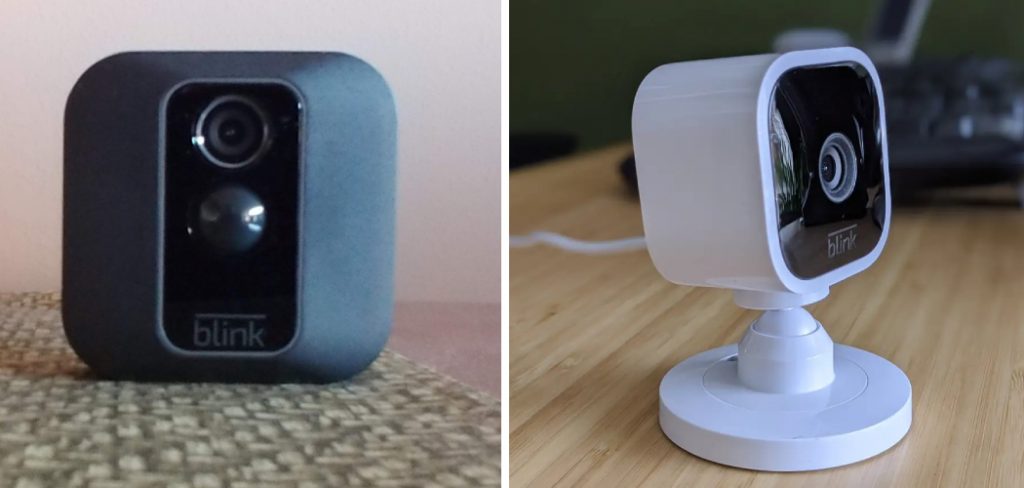
With this comprehensive guide, we’ll show step-by-step instructions on how to set sensitivity on blink camera. Whether you are looking for increased movement detection or just want some extra assurance with motion alerts in particular areas of your property – we’ve got everything covered! So let’s get started so that your security system can be up and running!
Supplies You Will Need to Set Sensitivity on Blink Camera
- A reliable internet connection
- Your smartphone or tablet with the Blink app installed
- The login credentials for your Blink account
- The location of your Blink Camera (indoor or outdoor)
- The desired sensitivity level for your camera
Step-by-step Guidelines on How to Set Sensitivity on Blink Camera
Step 1: Log into Your Blink Account
Open the Blink app on your device and log in with your credentials. If you don’t have an account yet, click on “Sign Up” and follow the prompts to create one. To create an account, you will need a valid email address and password. So first, create an account and then move to the next step.
Step 2: Select Your Camera
Once you have successfully logged into your account, select the camera you want to adjust the sensitivity for from the list of devices. Selecting the right camera is crucial as different cameras may have different settings options. You should be able to see the camera’s live view on your screen after selecting it. If you have more than one camera, repeat this step for each camera.
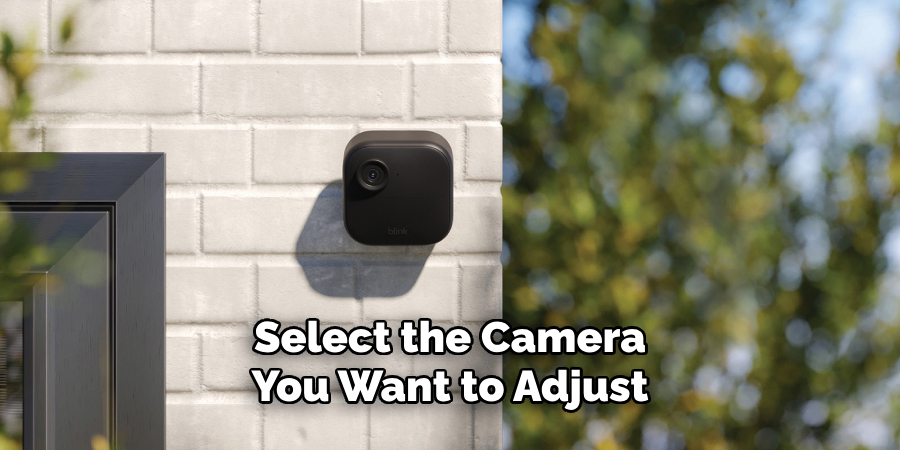
Step 3: Access the Sensitivity Settings
After selecting your Blink Camera, tap on the three horizontal lines at the top left corner of your screen to access the sidebar menu. From there, select “Settings” and then choose “Motion Detection.” Mostly this setting is already set to “On” by default. So you just need to tap on the “Motion Detection” option once again, and it will take you to the next step.
Step 4: Adjust Sensitivity Level
Now, you should be able to see a sliding bar labeled “Sensitivity.” By default, it is set in the middle of the bar. You can slide it either towards “High” or “Low” depending on your preference and requirements. The higher the sensitivity level, the more sensitive the camera will be to motion detection.
If you want to receive fewer notifications for movement in low-traffic areas, you may set the sensitivity level to “Low.” On the other hand, if you want to capture every movement, you may set the sensitivity level to “High.”
Step 5: Test and Save Your Settings
After adjusting the sensitivity level, tap on the back arrow at the top left corner of your screen and then click on the “Save” button. You should now see a message that your settings have been saved successfully.
To test if it is working correctly, try walking past your camera and see if you receive a motion alert. If not, adjust the sensitivity level accordingly and test again until you are satisfied with the results.
Step 6: Fine-Tune Your Settings
If you want to fine-tune your sensitivity settings further, you can also use the “Motion Zones” feature in the Blink app. This allows you to specify specific areas in the camera’s field of view where you want motion detection to be more sensitive.
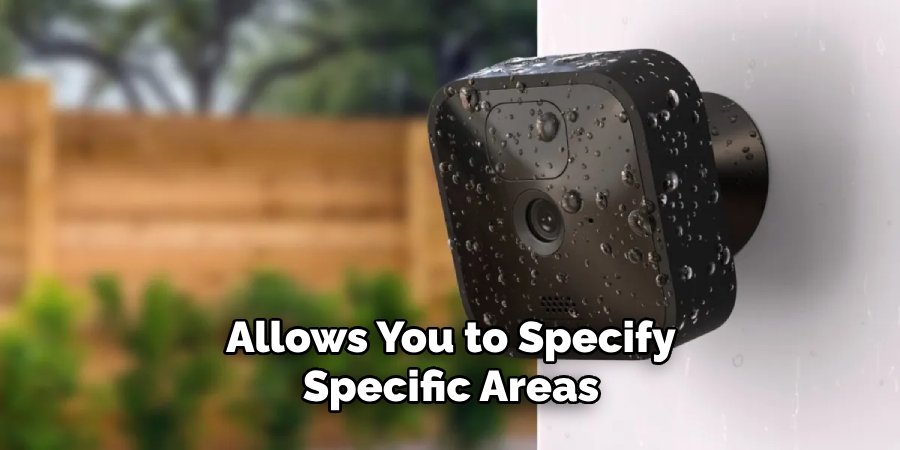
For example, you may want to set a higher sensitivity level for your driveway but a lower one for your backyard. This feature can help reduce false alerts and improve the accuracy of your motion detection.
Following these simple steps, you can easily set the sensitivity on your Blink Camera and customize it according to your specific needs. Remember that the ideal sensitivity level may vary for different environments and situations, so don’t be afraid to experiment and adjust accordingly.
With this knowledge in hand, you can now effectively use your Blink camera to enhance the security of your home or property. Happy monitoring!
Additional Tips and Tricks to Set Sensitivity on Blink Camera
1. When you are setting the sensitivity on your Blink camera, there are a few additional tips and tricks you can keep in mind to improve its performance.
2. First and foremost, it is important to understand that sensitivity settings can vary depending on the location of your camera. For example, if your camera is placed near a busy road or an area with frequent movement, you may need to set the sensitivity higher to capture all movements accurately.
3. On the other hand, if your camera is placed in a quieter area with minimal movement, you may need to lower the sensitivity to avoid capturing false alerts or unnecessary footage.
4. It is also worth noting that weather conditions can affect the sensitivity of your Blink camera. For instance, during heavy rain or snowfall, you may need to adjust the sensitivity to avoid false alerts caused by weather elements.
5. Another tip is to regularly check and clean your camera’s lens. Dust, debris, or even spider webs can obstruct the view of your camera and affect its sensitivity. By keeping the lens clean and clear, you can ensure that your camera captures movements accurately.
6. Additionally, if you have multiple Blink cameras set up, you can adjust the sensitivity individually for each camera. This can be particularly useful if you have different areas with varying levels of movement.
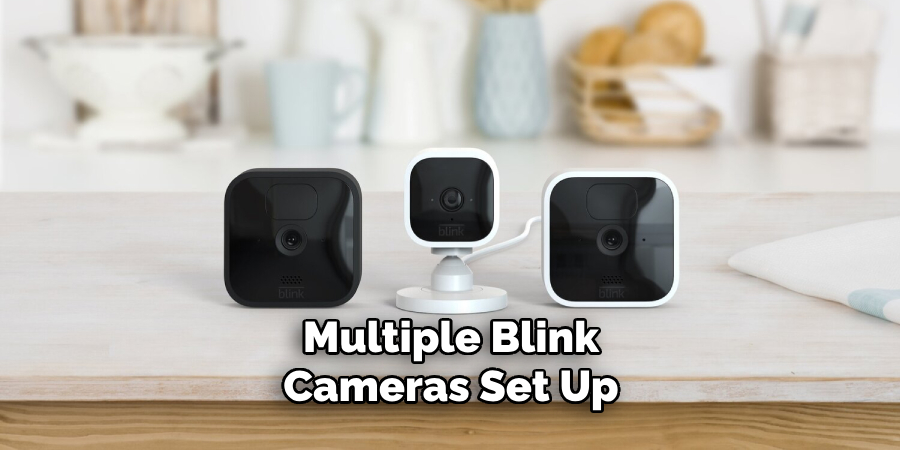
7. Finally, it can take some trial and error to find the perfect sensitivity setting for your specific needs. Don’t be afraid to experiment and make adjustments as needed until you find the right balance for your Blink camera.
Following these additional tips and tricks can greatly improve the performance of your Blink camera and ensure that you capture all important movements with accuracy. With proper sensitivity settings, you can have peace of mind knowing that your Blink camera is doing its job effectively. So, try out these tips and make the most out of your Blink camera’s sensitivity settings!
Things You Should Consider to Set Sensitivity on Blink Camera
1. First, you should consider the different factors that can affect motion detection on your Blink Camera. This includes lighting conditions, the presence of pets and wildlife, as well as any potential obstructions in the camera’s field of view.
2. Next, familiarize yourself with the sensitivity options available for your specific Blink Camera model. Some cameras may offer a range of sensitivity levels while others may only have a few options.
3. Once you have a good understanding of the factors that can impact motion detection, and the sensitivity options available for your Blink Camera, it’s time to start testing and adjusting the sensitivity levels.
4. When testing sensitivity levels, try to simulate different scenarios that may occur in your camera’s environment. This could include walking towards the camera at different speeds or having pets or wildlife move within the camera’s field of view.
5. It’s important to note that higher sensitivity levels may result in more false alarms, so finding the right balance is key. If you find that your camera is constantly triggering false alarms, try lowering the sensitivity level and testing again.
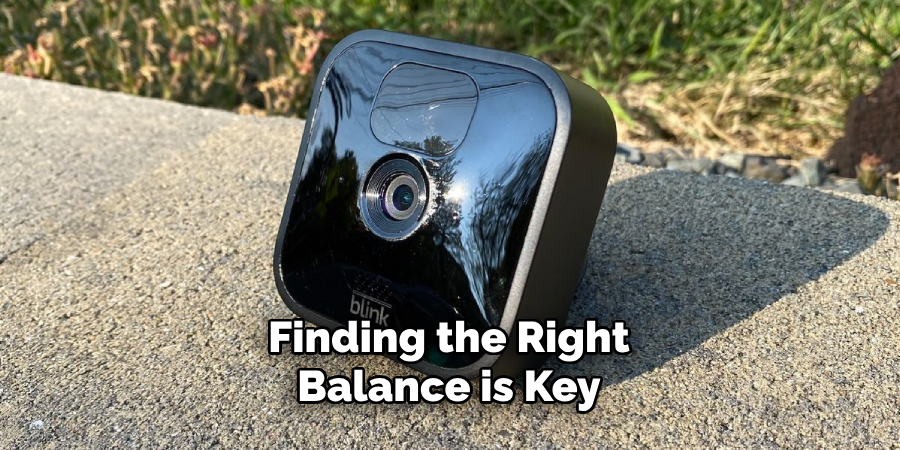
6. On the other hand, if you notice that your Blink Camera is not capturing all the motion events you would like it to, try increasing the sensitivity level and testing again.
7. Another important consideration when setting sensitivity on your Blink Camera is adjusting the motion detection zones. This allows you to specify which areas of the camera’s field of view should trigger motion alerts, reducing the chances of false alarms.
8. You may also want to consider scheduling different sensitivity levels for different times of day. For example, you may want to have a higher sensitivity level during the night when there is less natural light available.
9. Finally, it’s important to regularly review and adjust your Blink Camera’s sensitivity settings as environmental factors can change over time. This will ensure that your camera is capturing all the important motion events without being overwhelmed with false alarms.
Following these considerations will help you find the optimal sensitivity level for your Blink Camera, ensuring that it captures all the important motion events while minimizing false alarms. Remember to also regularly check and adjust other settings on your camera such as motion detection zones and scheduling, to achieve the best results. Happy monitoring!
Frequently Asked Questions
Why Do I Need to Set Sensitivity on My Blink Camera?
Blink cameras are designed to capture motion-triggered events. The sensitivity of your camera determines how easily it will detect and capture movement in the camera’s field of view. Adjusting the sensitivity of your Blink camera can help prevent false alerts caused by things like swaying trees or passing cars, as well as increase the accuracy of captured events.
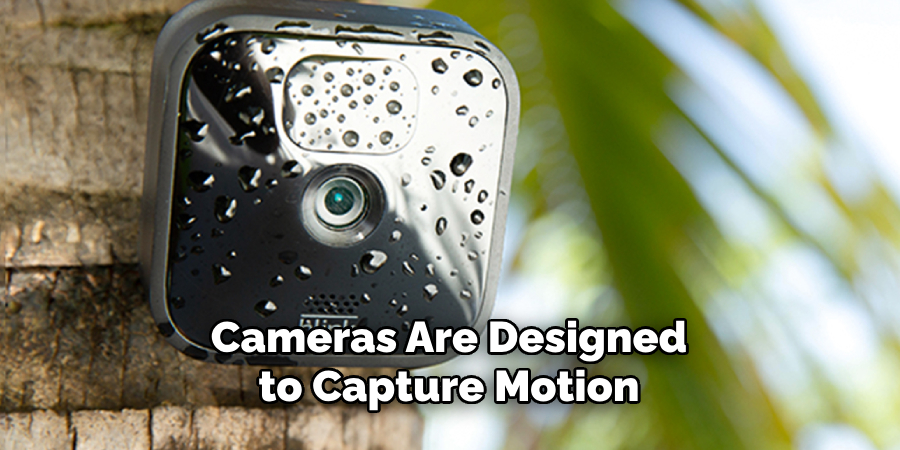
Can I Set Different Sensitivity Levels for Each Camera?
Yes, you can set different sensitivity levels for each camera. This feature is particularly useful if you have multiple cameras placed in different areas of your home or property, as each may require a different level of sensitivity to effectively capture motion events.
What Factors Should I Consider When Adjusting Sensitivity?
When adjusting the sensitivity of your Blink camera, consider factors such as placement, lighting conditions, and potential sources of false alerts. A camera placed near a busy street, for example, may require a lower sensitivity level to avoid capturing every passing vehicle. Similarly, a camera in a low-light area may need higher sensitivity to accurately capture any motion events.
Can I Turn Off Motion Detection and Rely on the Camera’s Live View?
Yes, you can turn off motion detection on your Blink camera and rely solely on the camera’s live view. This may be useful if you are at home and want to reduce false alerts caused by family members or pets moving around. However, note that turning off motion detection means the camera will not capture any events until it is turned back on.
Conclusion
All in all, knowing how to set sensitivity on blink camera can greatly improve the effectiveness and accuracy of your camera’s motion detection. By following these guidelines and understanding the factors that affect sensitivity levels, you can ensure that your Blink camera is set up to capture important events while reducing false alerts.
Don’t hesitate to experiment with different sensitivity levels to find what works best for each specific camera placement. So, adjust the sensitivity of your Blink camera today and enjoy a more efficient and accurate security system. Happy Blinking!
About
Safety Fic is a distinguished figure in the world of Diy design, with a decade of expertise creating innovative and sustainable Diy solutions. His professional focus lies in merging traditional craftsmanship with modern manufacturing techniques, fostering designs that are both practical and environmentally conscious. As the author of diy, Safety Fic delves into the art and science of Safety Fic-making, inspiring artisans and industry professionals alike.
Education RMIT University
(Melbourne, Australia) Associate Degree in Design (Safety Fic) Focus on sustainable design, industry-driven projects, and practical craftsmanship. Gained hands-on experience with traditional and digital manufacturing tools, such as CAD and CNC software.
Nottingham Trent University
(United Kingdom) Bachelor’s in diyfastly.com and Product Design (Honors) Specialized in product design with a focus on blending creativity with production techniques. Participated in industry projects, working with companies like John Lewis and Vitsoe to gain real-world insights.
Publications and Impact
In diy, Safety Fic his insights on indoor design processes, materials, and strategies for efficient production. His writing bridges the gap between artisan knowledge and modern industry needs, making it a must-read for both budding designers and seasoned professionals.
